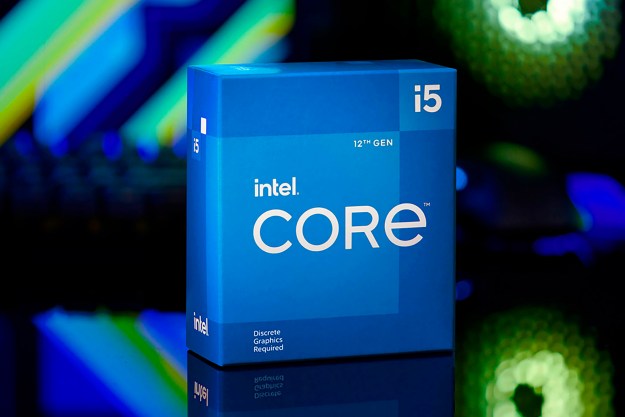
Chipmaking giant Intel has announced a new effort to . it rolls out to the market—and possibly reduce consumer confusion about what processor they need (or want!) in their next latest-and-greatest system. Joining the existing Corei7 processor line will be new Core i3 and Core i5 lines: the Core i3s will appear early in 2010 and focus on the entry level market, Core i5s will focus on mainstream computing uses, and Core i7 processors will continue to occupy the high end of the company’s lines. The i3, i5, and i7 liens will be collectively marketed under the “Intel Core” brand.
To make room for the new brands, Intel plans to phase out its Centrino and Core 2 line, including the widely used Core 2 Duo and Core 2 Quad processor brands. Centrino branding will gradually appear only in Wi-Fi and WiMax products, while the Core 2 line will eventually vanish completely.
Intel plans to keep other processor brands around, including the low-power Atom line, along with Celerons and the ever-aging Pentium brand.
Intel’s forthcoming Lynnfield desktop processors will be marketed until either Core i5 or Core i7 lines, where Intel’s “Clarksfield” processors will appear until the Core i7 line. Intel is also retaining the vPro branding, which will apply to its high-end Core i5 and Core i7 offerings. Intel plans to have multiple versions for each “flavor” of processor: technically inclined customers will be able to drill down to the details of an individual processor, but (in theory) consumers will only need to worry about whether the processor they’re considering falls into the a broad category of “good, better, and best” performance and features.
Industry watchers are already voicing concerns that Intel’s new processor branding may gloss over details and leave consumers confused: Intel is adamant that it’s focusing on “Core” as its main processor brand, but by retaining Atom, Pentium, and Celeron the company continues to risk consumer confusion—particularly at the low end and entry level where potential customers are less likely to be proficient with the technical details. Nonetheless, Intel seems to feel that reducing the overall number of processor brands—if not the overall number of actual processor—that it markets will be more intuitive to consumers.
Editors' Recommendations
- 4 CPUs you should buy instead of the Intel Core i9-13900K
- Confused about Core Ultra? We were too, so we asked Intel about it
- Apple’s M3 Max appears to keep up with Intel’s top desktop CPU
- I tested the Intel Core i9-14900K against the Core i9-13900K, and it’s not pretty
- The Intel Core i5-14600K can’t take back the gaming crown from AMD


